Religious traveler tour, Nepal
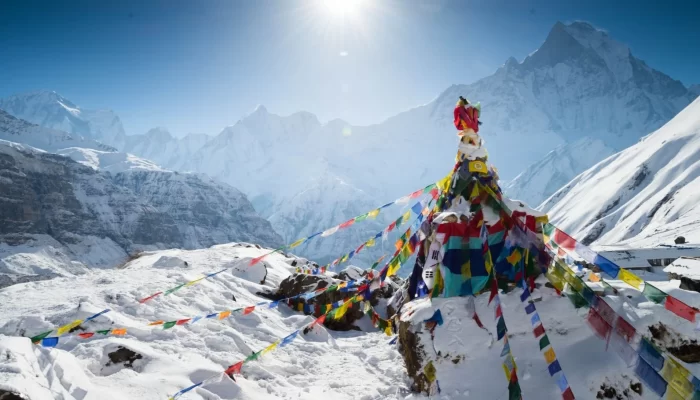
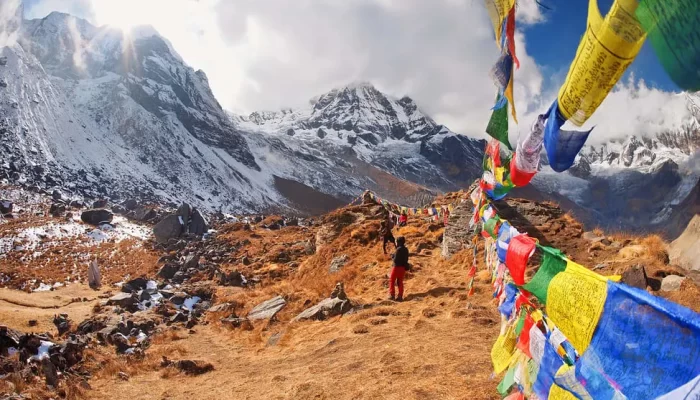
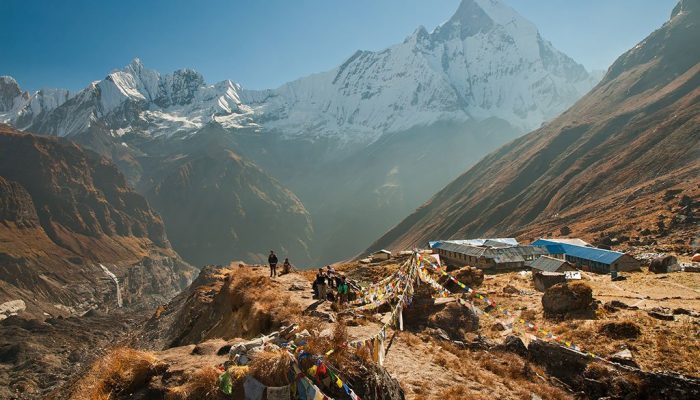
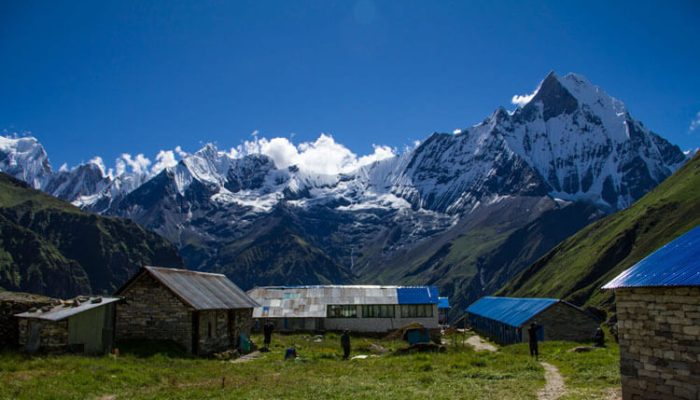
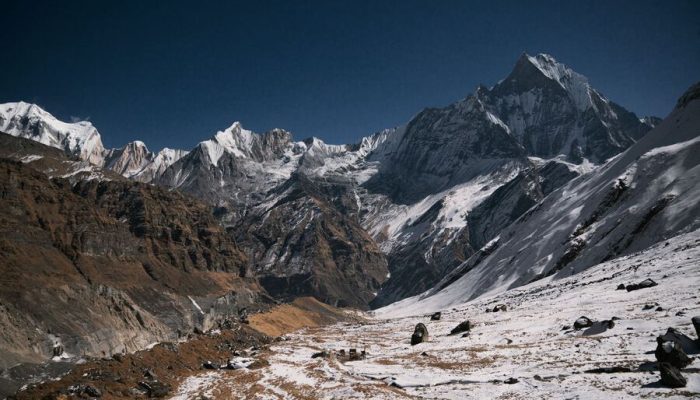
Sample Itinerary
DAY 1
Arrive Kathmandu
Upon arrival in Kathmandu, Meeting & assistance at the airport
Transfer to hotel.
Overnight at Hotel in Kathmandu
DAY 2
In Kathmandu
Breakfast at Hotel
AM: Sightseeing tour of Kathmandu Durbar Square and Swayambhunath Stupa
PM: Sightseeing tour of Patan Durbar Square
Kathmandu City: Kathmandu Durbar Square is one of the popular places liked by many visitors due to its exquisite architecture and artistic embellishment. The complex of palaces, courtyards and temples, built in 1200 to 1768 A.D. with hundreds of erotic carvings used to be the seat of the ancient Malla kings of Kathmandu which epitomizes the religions and cultural life of the people
Swayambhunath: Atop a green hillock west of Kathmandu, stands the great stupa of Swayambhunath. This is a site that is over 2500 years old marking the point where the legendary patriarch Manjushri discovered the lotus of the ancient valley lake. For centuries an important centre of Buddhist leaving, the painted eyes of the Buddhist gaze out from all four sides of this monument.
Patan City: Patan is one of the most historically important city of the Kathmandu valley. It is known as the centre of fine arts and for the superb craftsmanship of its artisans. Essentially a Buddhist city, historic inscriptions establish Patan as an important town from early times (said to have been founded by Emperor Ashoka in the 3rd century B.C., although no historical proof exists).
The Patan Durbar Square has been acclaimed as one of the finest urban streetscapes in the world. Most of the monuments seen today were built between the 16th – 18th centuries.
Overnight at Hotel in Kathmandu
DAY 3
KATHMANDU- CHITWAN BY SURFACE (DISTANCE APPROX. 175 KM/ 6-7 HOURS’ DRIVE)
Breakfast at Hotel
Drive from Kathmandu to Chitwan by surface.
Arrival at Resort in Chitwan
Lunch at Resort
CHITWAN NATIONAL PARK: The easiest of the national parks organizing jungle safaris to reach, the Royal Chitwan National Park is considered one of the richest wildlife areas in Asia and boasts the last and largest remaining areas of tall grassland habitat. Renowned for centuries as one of the best areas for wildlife viewing in Asia, the diverse flora and fauna of this Terai region attracts visitors from all over the world. Not to be compared with the wide-open spaces of Africa, the intimacy of the search and discovery of Asian wildlife in its dense habitat is considered by many travelers to be equally rewarding and exciting. The big animals favour the dense jungle and tall grasslands of the floodplain.
Dinner & Overnight at Resort in Chitwan
DAY 4
IN CHITWAN
Breakfast at Resort
Full day Jungle activities as per program
Lunch at Resort
Dinner & Overnight at Resort in Chitwan
DAY 5
CHITWAN- LUMBINI BY SURFACE (APPROX 180 KM/ 4-5 HOURS DRIVE)
Drive from Chitwan to Lumbini by surface.
Later Sightseeing tour of Lumbini Garden
Lumbini is listed as a World Heritage Site by UNESCO and is declared as a “Fountain of World Peace by World Buddhist Federation – WBF. Lumbini in southern Nepal is the birthplace of the Buddha, born in 543 B.C. as the Sakya Prince, Siddhartha Gautama.
An important place of pilgrimage for Buddhists as well as Hindus, Lumbini was “lost” for centuries. In the 4th century A.D. the Chinese monk, Fa-Hien, travelled to India in search of Buddhist manuscripts and returned with vivid descriptions of the remains he found at Lumbini. Already it was in ruins and had been overgrown by the jungle. Only in 1895 did archaeologists unearth the inscribed pillar depicting the birth of the Buddha, erected to commemorate the visit of the Mauryan Emperor Asoka in 249 B.C. Since 1970 the sacred site has been protected by the Lumbini Development Trust and is set in five square mile of landscaped gardens.
The massive Ashoka pillar marks the place of Buddha’s birth and the Mayadevi Temple (Queen Mayadevi being the mother of Lord Buddha) contains the panel depicting the miraculous event of the birth of the Buddha. It also has a stone image of Maya Devi giving birth to Lord Buddha as she holds onto the branch of a fig tree. The original temple was built by Emperor Ashoka and reconstructed in the 5th century A.D. in the shikara style. The present building dates from the 19th century and is sheltered by an ancient pipal tree. Adjacent is the sacred pond in which Prince Siddhartha was bathed after his birth. A late addition is the Tibetan Monastery.
Overnight at Hotel in Lumbini
DAY 6
LUMBINI - POKHARA BY SURFACE (DISTANCE APPROX. 210 KM/ 6-7 HOURS’ DRIVE)
Breakfast at Hotel
Drive from Lumbini to pokhara by surface.
Upon arrival at Pokhara, check in to hotel
After check in and freshen up at hotel, scroll around lake side
Overnight at Hotel in Pokhara
DAY 7
IN POKHARA
Breakfast at Hotel
Early Morning (depending upon sunrise we shall take them to Sarangkot) visit to Sarangkot for Sunrise (subject to weather condition) including Tea/ Coffee at local shop at Sarangkot.
Sarangkot: This is a 1,600m high hill situated on the northern shore of Phewa lake. On the way to Sarangkot you’ll pass through Schima-Catonopsis forest and there is a lot of opportunity to watch birds. From Sarangkot you can view the Pokhara Valley and also the wide range of Annapurna. You can also see Phewa Lake and its tributaries.
PM: Sightseeing tour of Pokhara City+1-hour boat ride on Phewa Lake
POKHARA CITY: If Kathmandu is the cultural hub of Nepal, Pokhara is its centre of adventure. An enchanting city nestled beneath the snow-crested Annapurna Massif in a tranquil valley, 200 kilometres west of Kathmandu and takes approximately 06 hours by surface, it is the starting point for many of Nepal’s most popular trekking destinations. The atmosphere on the Shore of Phewa Lake is one of excited vitality as hipster backpackers crowd the many bars and restaurants exchanging recommendations on guest houses and viewpoints, both by the lake and above the clouds.
Pokhara is a place of remarkable natural beauty. The serenity of Phewa Lake and the magnificence of the fishtailed summit of Machhapuchhre (6,977m) rising behind it create an ambience of peace and magic. At an elevation lower than Kathmandu and generally a few degrees warmer, it has a tropical feel to it as can be seen by the diversity of beautiful subtropical flora which are found here
Overnight at hotel in Pokhara
DAY 8
DRIVE FROM POKHARA TO BANDIPUR BY SURFACE (DISTANCE APPROX. 80 KM/ 2.15 HRS DRIVE)
Drive from Pokhara to Bandipur by surface
Upon arrival at Bandipur, Check – In at Hotel
Bandipur is an ancient Newari mountain town that has gained popularity in recent time. Located 7 km above Dumbre Bazaar at an altitude of 1,005 meters, this ancient trading post lies cradled in the saddle of some of the country’s most peculiar-shaped hills. Untouched by modernization, and laced with abundance of ancient houses, temples of great significance, and historical architecture, this medieval-era town boasts festivals all year around, besides the plethora of cultural offerings. Neighboring Magar, Gurung, Bahun, Chhetri, Damai and Sarki villages all contribute to the cultural diversity of the region.
The hilltop town not only overlooks the incredible expanse of the Marsyanngdi river valley, but also offers a breathtaking sweep of the Himalayan range, from Langtang in the east to Dhaulagiri in the west. From nearby hilltops, one can see as far as Manakamana and Gorkha to east the great Chitwan plains to the south. Once a bustling commercial center, it was an important stop along the India-Tibet trade route. Apart from the Siddha Gufa, the largest cavern in the country and the Patali Dwar also known as the Gateway to Heaven Bandipur offers endless hiking possibilities in the surrounding hills.
Overnight at Hotel in Bandipur
DAY 9
BANDIPUR – KATHMANDU BY SURFACE (DISTANCE APPROX. 165 KM/ 06 HOURS’ DRIVE)
Breakfast at Hotel
Drive from Bandipur to Kathmandu by surface
Upon arrival at Kathmandu, Check – In at Hotel
Evening Nepalese Dinner with cultural show program with cooking demo
Before Dinner we will arrange to show demo for cooking Dal (Black Lentils used by Nepalese with rice). Procedure for Dal making is approx 2- 3 hours. It is not suggested to wait for 3 hours to see entire procedure. We will inform restaurant to keep the pre-cooked dal ready with them and when the clients arrive they will explain the entire procedure to the clients in brief.
Process for Cooking Dal will be as follows:
Wash lentils and soak lentil for 10 minutes. Add drained lentils in fresh water and boil along with ginger in an iron vessel. Reduce the heat and simmer, covered, for 2 to 3 hours until lentils are soft and the consistency is similar to that of porridge. Boil pindaloo (taroo/Eddoss – a kind of root) separately remove the skin, and mix the smashed root with the lentils. Add salt to taste and stir into the lentils few minutes before you stop boiling. Temper with Jimbo (Nepali Herb) and butter. Serve Hot with Naan/Chapati or Boiled rice.
Overnight at Hotel in Kathmandu
DAY 10
DEPARTURE FROM KATHMANDU
Breakfast at Hotel
Transfer to airport to connect onward flight.
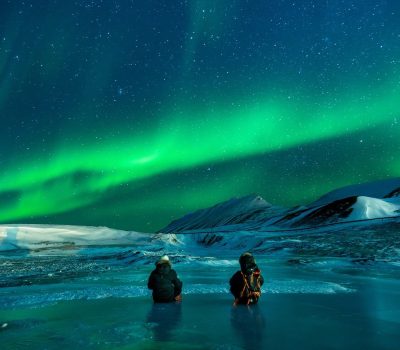
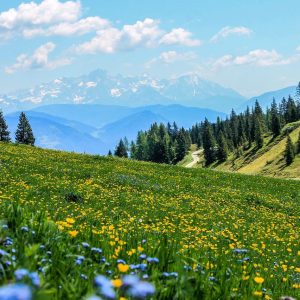
CREATE AN EXPERIENCE
Let's Make Memories Together
The voyage does not finish once you have left. We’ll transport you to a world of wonders and create amazing memories that will last long after you’ve returned home.
Away from the regular tourist traps, you’ll have a one-of-a-kind, authentic experience. A sensation created in an energizing setting that will be yours and yours alone. We will make this happen because old travels are great ones. The world’s wonders are within your grasp.





